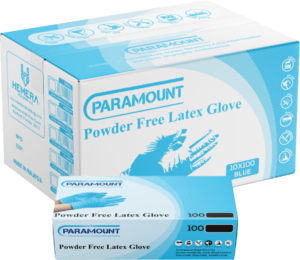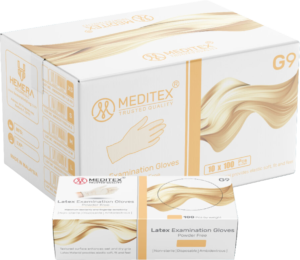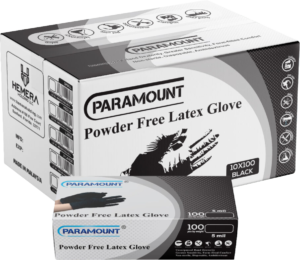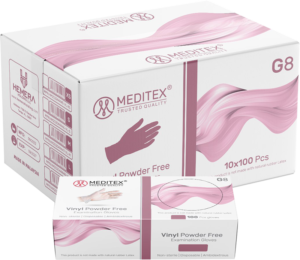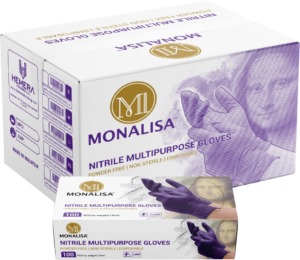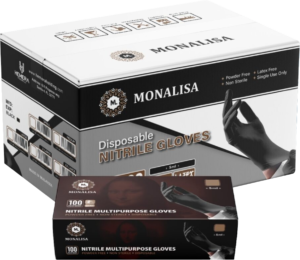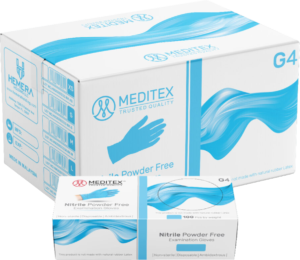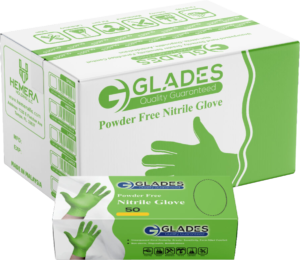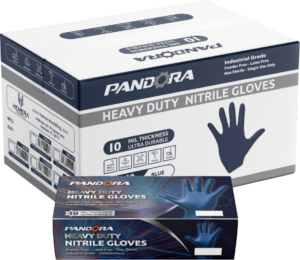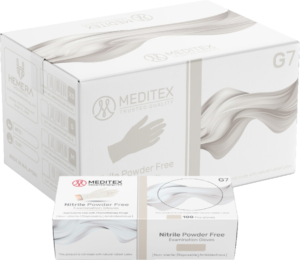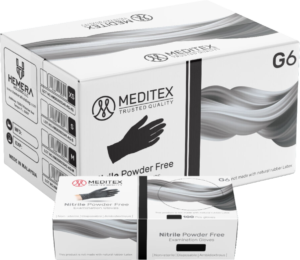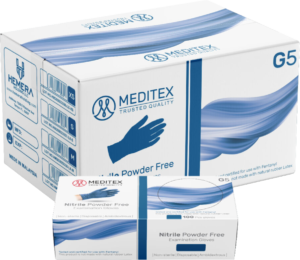Home » Hemera Holding Blog » Latex, Nitrile and Vynil Differences
Latex, Nitrile and Vynil Differences

What are the differences between latex, nitrile and vinyl gloves?
When the Covid-19 pandemic started and spread worldwide, many people became familiar with disposable gloves every day. Google searches for the differences between different materials used in disposable gloves manufacturing rose dramatically. At the moment, many people still have no idea how these gloves are different. So, in this article, we will discuss the differences between these gloves.
Disposable latex gloves:
Latex is made from a milky liquid that comes from a tree called Hevea Brasiliensis. These gloves were first used in 1889. During this time, the healthcare industry began to use surgical gloves. Different methods, such as wetting or using different round powders, were used to efficiently handle these gloves. These powders include calcium carbonate, talc powder, a variety of starch products, and a combination of talc, spores, and Lycopodium powder. Lycopodium was the first lubricant used for medical latex gloves. The substance was used for almost four decades before it was known that it had harmful effects on the user; Therefore, the use of this substance was reduced and then stopped. Instead, glove manufacturers used talcum powder, a non-absorbent lubricant. In the 40s, they discovered that this powder also had side effects. Its complications included adhesion and granuloma. Granuloma is a type of inflammation found in many diseases following chronic stimulation of the immune system.
In 1974, a kind of powder based on corn flour was used in the health industry for this type of gloves. This powder was non-irritating and non-absorbable. In the early 70s, the use of this powder in medical latex gloves began. Therefore, these gloves were categorized into powder and non-powder types.
Application:
Usually, these gloves are suitable for cooking, laboratory, and examination environments that require precise hand work. Latex gloves can lead to allergic reactions for some users. However, they are still beneficial because due to the flexibility and strength of these gloves, the user’s hand easily fits inside the glove and allows him to Touch everything quickly, which improves the performance of medical specialists and surgeons. Gloves used in surgery are mainly made of natural or synthetic latex. The use of medical latex gloves is a hundred years old. There are many reasons for using these gloves in examinations and surgeries.
Problem:
-
Paramount Multipurpose 5 Mil. Latex Blue Gloves – Pet Cleaning
$14.49 – $59.99
-
Meditex Exam 5 Mil. Latex Natural Color Gloves – Medical
$9.99 – $55.99
-
Disposable vinyl gloves:
Vinyl is made from a synthetic material called polyvinyl chlorate. This feature has made its use cost-effective compared to latex-sensitizing gloves. Materials (Plasticizers) are used in the compositions of vinyl gloves, which increase the elasticity of this glove compared to other types of gloves. Vinyl is a multipurpose glove for general use and activities that do not require tactile precision. These gloves are not like latex gloves and do not stick to the hand completely. In fact, vinyl gloves are thicker and wider than latex gloves and also have good resistance against acids, alkalis and alcohols.
Application:
These gloves are usually used in cleaning, painting, assembly, laboratory and cooking environments.
It is also suggested to use vinyl gloves when doing dental moldings because the sulfur in latex gloves can prevent the hardening of the molding material.
-
Meditex Exam 4 Mil Vinyl Clear Gloves – MedicalRated 0 out of 5
$11.20 – $41.00
-
Paramount Multipurpose 4 Mil. Vinyl Clear Gloves – Food Prep
$10.99 – $40.00
Disposable nitrile gloves:
In the mid-1990s, nitrile gloves were produced from acrylic, nitrile, and butadiene monomer (a synthetic tri polymer obtained through a once-vulcanized rubber (rubber curing process)) and were found to have greater chemical resistance than latex gloves. It was a suitable option for those who were allergic to latex. Nitrile gloves are made of an anti-allergic compound that is more flexible than latex and more resistant to tearing and working with chemicals. These gloves have a longer useful life than other types of gloves, and the comfort and softness of nitrile, as well as their sticky pattern, compared to vinyl gloves, help the comfort and dexterity of the hands a lot.
Application:
Nitrile gloves are used in laboratory, chemical or cooking environments. Today, most laboratories replace latex gloves with nitrile gloves in order to reduce the incidence of latex allergy in workers. Nitrile gloves (high nitrile) are laboratory gloves with a high degree of skill and agility, in order to reduce the risk of accidents and injuries.
-
Monalisa 5 Mil Nitrile Purple Gloves – Medical
$16.50 – $58.99
-
Monalisa 5 Mil. Nitrile Black Gloves – Tattoo
$16.99 – $59.99
-
Meditex Exam Grade 4 Mil. Nitrile Ice Blue GlovesRated 0 out of 5
$9.99 – $48.99
-
Glades 8 Mil. Nitrile Green Gloves – Heavy-duty
$16.99 – $71.99
-
Pandora 10 Mil. Nitrile Blue Gloves – Automotive
$17.99 – $79.99
-
Meditex Exam 4 Mil. Nitrile White Gloves – Medical
$9.99 – $48.99
-
Meditex Exam 4 Mil. Nitrile Black Gloves – Tattoo
$9.99 – $48.99
Conclusion:
Vinyl gloves are synthetic materials consisting of polyvinyl chloride and lubricants made from soft materials. These gloves are not allergenic and are a good alternative to allergenic latex gloves. Vinyl gloves are multipurpose gloves for general use and activities that do not require tactile precision. These gloves are not like latex gloves and do not stick to the hand completely. In fact, vinyl gloves are typically thicker and wider than latex and nitrile gloves. These gloves are usually used in cleaning, painting, assembly work, laboratory environments and cooking.
Compared to latex and vinyl, nitrile gloves are more resistant and more resistant to punctures and tears. Compared to vinyl, nitriles have more elasticity and are thicker. However, the elastic strength of natural latex is better than both types. On the other hand, in the manufacture of vinyl and latex gloves, protein compounds are used, which are not used in nitrile manufacturing compounds. As a result, the possibility of skin reactions is greatly reduced.
Sign up to our newsletter:
Recent Posts:
Best Seller Disposable Gloves:
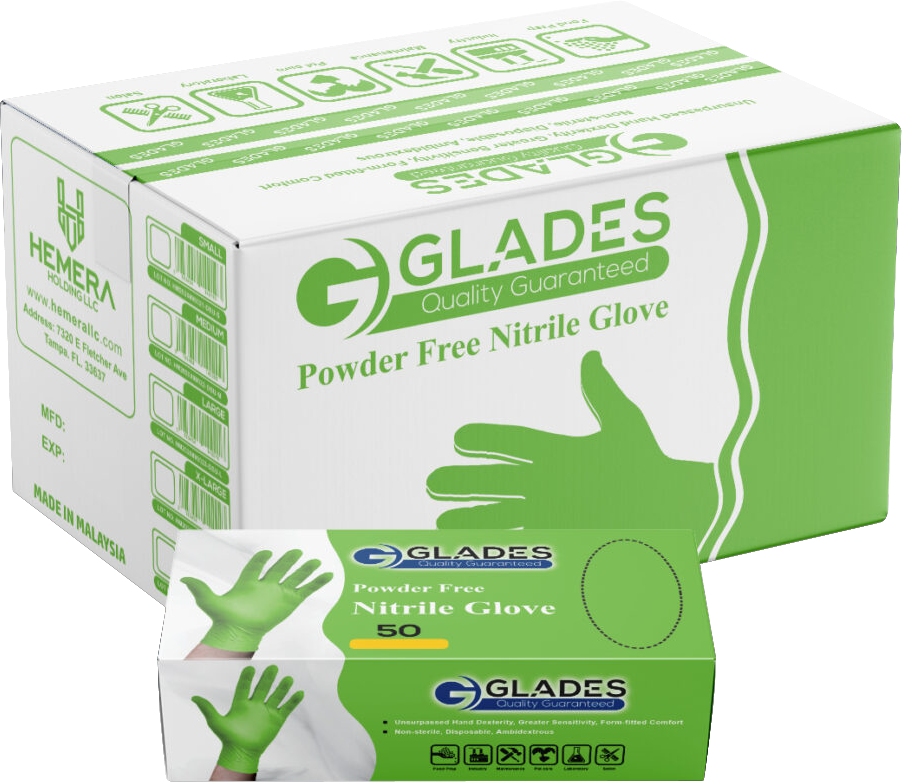
Glades 8 Mil. Nitrile Green Gloves – Heavy-duty
$16.99 – $71.99
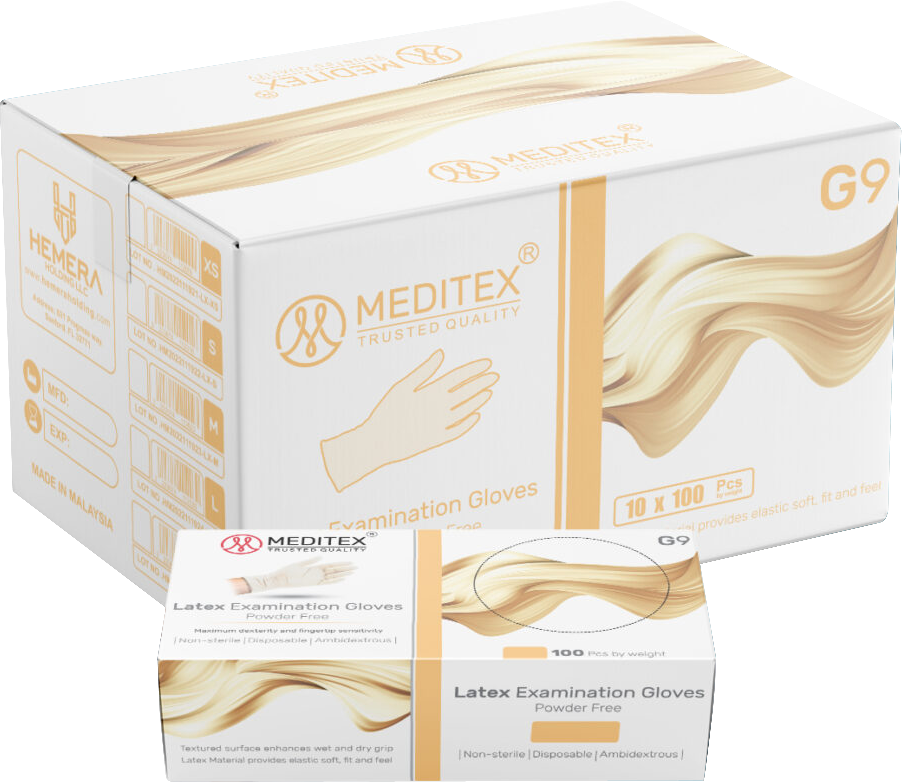
Meditex Exam 5 Mil. Latex Natural Color Gloves – Medical
$9.99 – $55.99
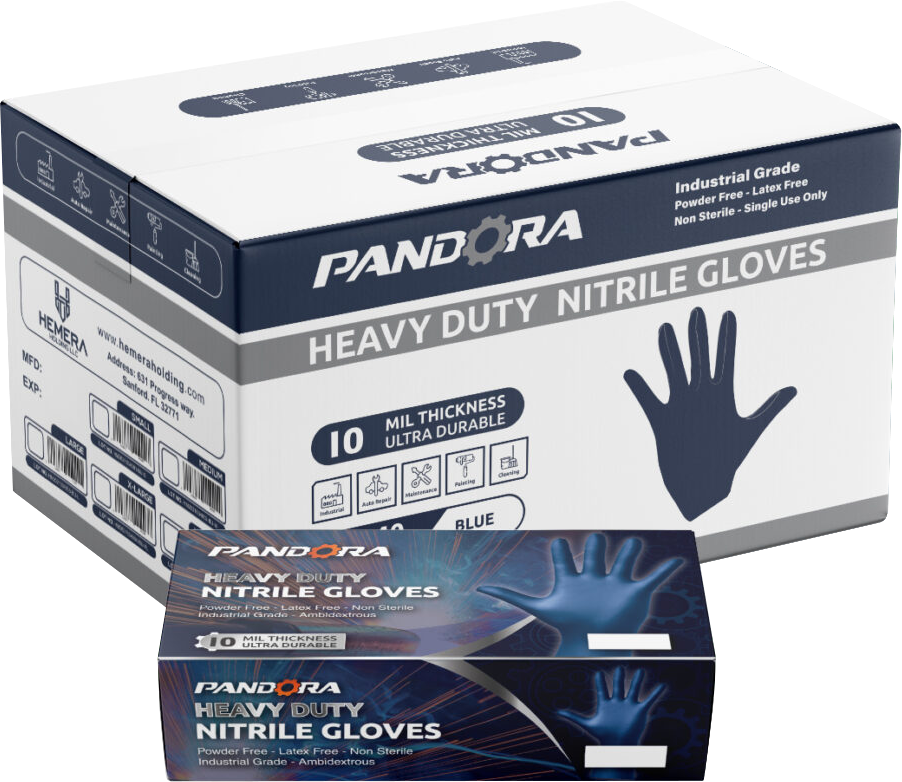
Pandora 10 Mil. Nitrile Blue Gloves – Automotive
$17.99 – $79.99
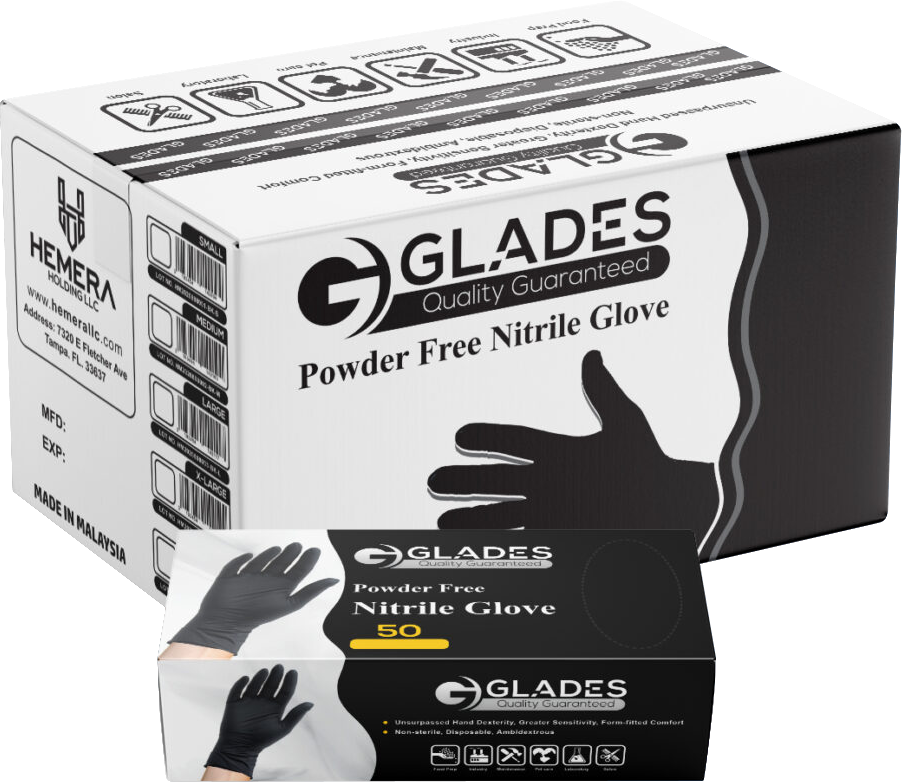
Glades 8 Mil. Nitrile Black Gloves – Mechanics
$16.99 – $71.99

